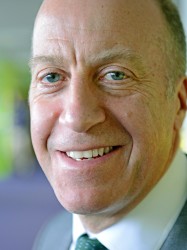BibTex format
@article{Ciacci:2020:10.1103/PhysRevResearch.2.023311,
author = {Ciacci, A and Falkenberg, M and Manani, KA and Evans, TS and Peters, NS and Christensen, K},
doi = {10.1103/PhysRevResearch.2.023311},
journal = {Physical Review Research},
pages = {1--23},
title = {Understanding the transition from paroxysmal to persistent atrial fibrillation},
url = {http://dx.doi.org/10.1103/PhysRevResearch.2.023311},
volume = {2},
year = {2020}
}

